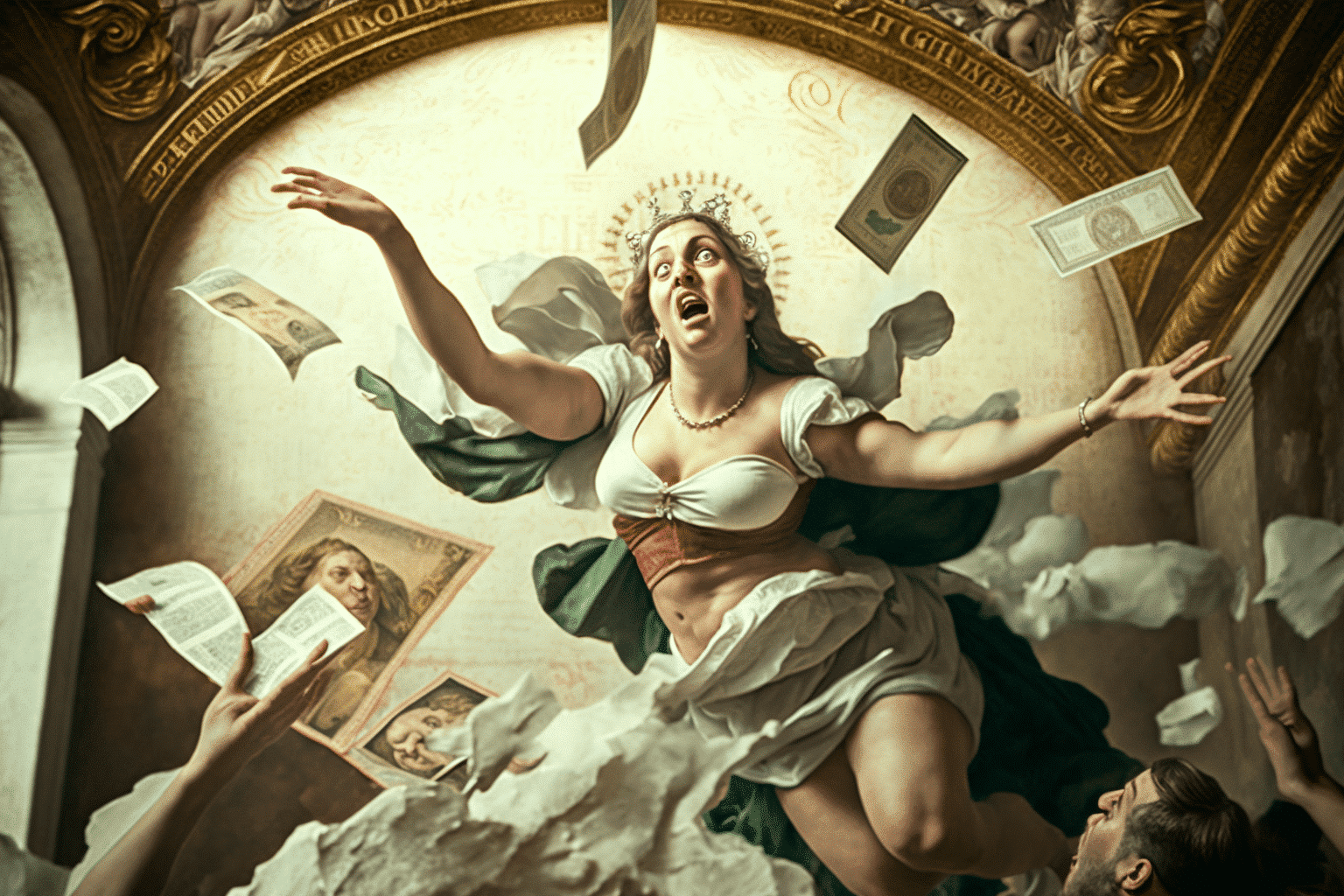The use of art collections as collateral for loans is a rapidly growing sector as the worlds of finance and art converge. There are two main players in this market: specialist lenders and banks. Sotheby’s Financial Services is a leading specialist lender with a portfolio of art loans estimated to be around $1 billion, which grew by 50% between 2021 and 2022. Sotheby’s also offers clients an immediate loan of 50% of the hammer price on items purchased at its auctions over $2 million. Additionally, the company is reportedly exploring the possibility of offering securitizations of personal loans backed by art collections.
Yieldstreet, an alternative asset investment company, saw its members make $1 billion in investments in 2022 through its platform, with over $500 million of that total funding art loans. Art lending is more prevalent in the US due to the Uniform Commercial Code, which records liens against assets, giving lenders peace of mind that the artwork has yet to be used as collateral. The sector was worth between $24 billion and $28.2 billion in 2021.
There are different types of art-backed loans, with some being non-recourse, meaning the lender cannot go after the borrower’s other assets in case of default. Borro is one such lender that operates like a pawnbroker, offering short-term financing on art and other assets with an average monthly interest rate of 3% to 4%. The Bank of America (BoA) is another leading art lender, with its national art credit executive reporting steady growth of 10% per year in art-backed loans. With traditional banks having less appetite for granting credit, some collectors are turning to more specialist lenders, as evidenced by the Fine Art Group in London, which is currently negotiating eight to nine significant loans.
However, it is important to note that art-backed loans are not without risk. The value of art is subjective and can fluctuate greatly, making it a less reliable form of collateral than traditional assets such as property or stocks. In addition, the art market can be unpredictable and volatile, with sudden changes in demand or supply affecting the value of works of art.
Despite these risks, the growth of the art-backed loan sector shows a growing interest in using art collections as a source of liquidity. For collectors and owners of valuable works of art, these loans can provide a way to access funds without selling their cherished possessions. Art-backed loans offer a unique opportunity for lenders to tap into the growing market of high-value assets.
The rise of art-backed loans is a testament to the growing intersection of art and finance. While risks are involved, this sector’s growth shows a growing demand for new ways to leverage art collections for financial gain. Whether you are a collector looking to access funds or a lender looking for a new investment opportunity, the potential of art-backed loans is worth considering.


